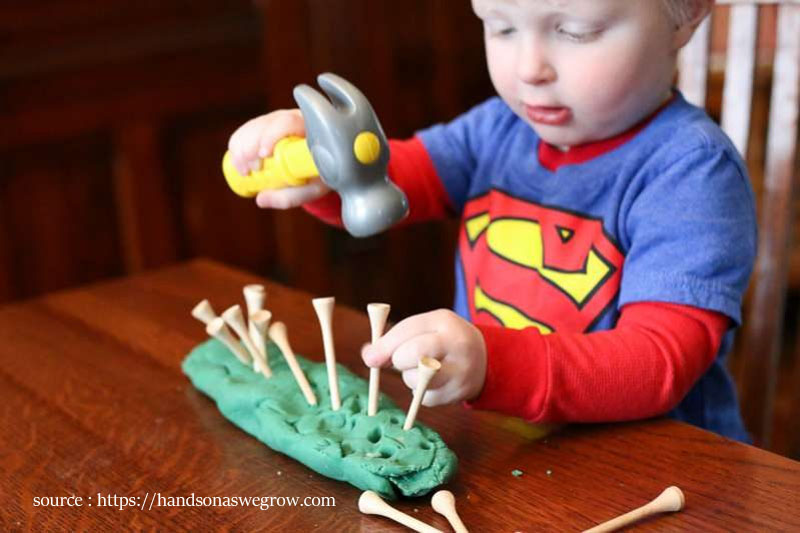Developing motor skills is important for your child. Having these skills help increase the condition of the fingers. Here are some abilities that your child will possess to help themselves as they grow older.

- Age 3: Able to use scissors.
- Age 5: Able to remove their own clothing without assistance
- Age 6: Able to cut softer foods
Studies show that girls have better dexterity in their fingers rather than boys because of their use of coloring and playing with dolls; this has yet to be true. Any type of fine motor ot activities will help a child become better at writing, holding a pencil or a spoon, and cut paper accurately along the dotted line with the aid of scissors. These skills will also improve hand-to-eye skills, such as catching a ball.
The position of how a child is crucial for motor skills. The lower half of their bodies must be 90 degrees with their torso slightly forward. The table or desk in the classroom must be two inches above the elbows.
How for Your Child to Gain the Finer Points of Their Fingers?
Ways to get your child to increase dexterity and strength in their hand muscles, such as their fingers and thumbs is to let them play with playdough. Another thing you can do with your child is to have them lay on their stomach and swipe their arms away and to them. This not only gives them motor skills but also prevents the accident from stepping on a Lego in the middle of the night!
Along with playing with playdough, there are numerous toys that children can play with to give them strength and dexterity in this tiny adorable hand. Puzzles are an excellent way for a kid to learn about manipulation by turning the piece to get it to fit into the spot. If your child picks up their food with their fingers, let them! Picking food with their fingers allows for them to have what is called a pincer grasp, which is needed if they want to hold a marker or an eyeliner later in life.
Ways That Motor Skills Can Be Impaired
Unfortunately, like any other skills involving the muscles, there can be a series of common, yet life-long lasting problems. A few of these problems may be a stroke, mental or neurological problems, cerebral palsy, or issues with the muscles. If a five-year-old had not, or is not acquiring their motor skills, they would have visible signs of trouble controlling regulating their body parts, such as their hands and face.
Girls, rather than boys, at the age from three to five, advance their excellent motor skills. Girls also gain physically earlier than boys; this allows them to improve their motor skills faster during prepubescent periods. Boys will advance more in what is called gross motor skills later on around the age 5 and up. At this time, girls are more advanced stability and motor dexterity.




